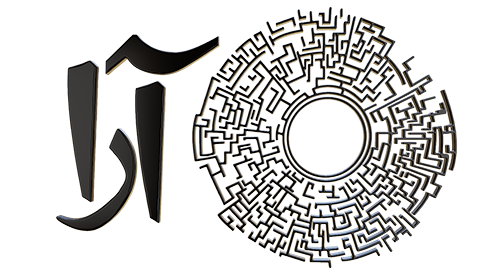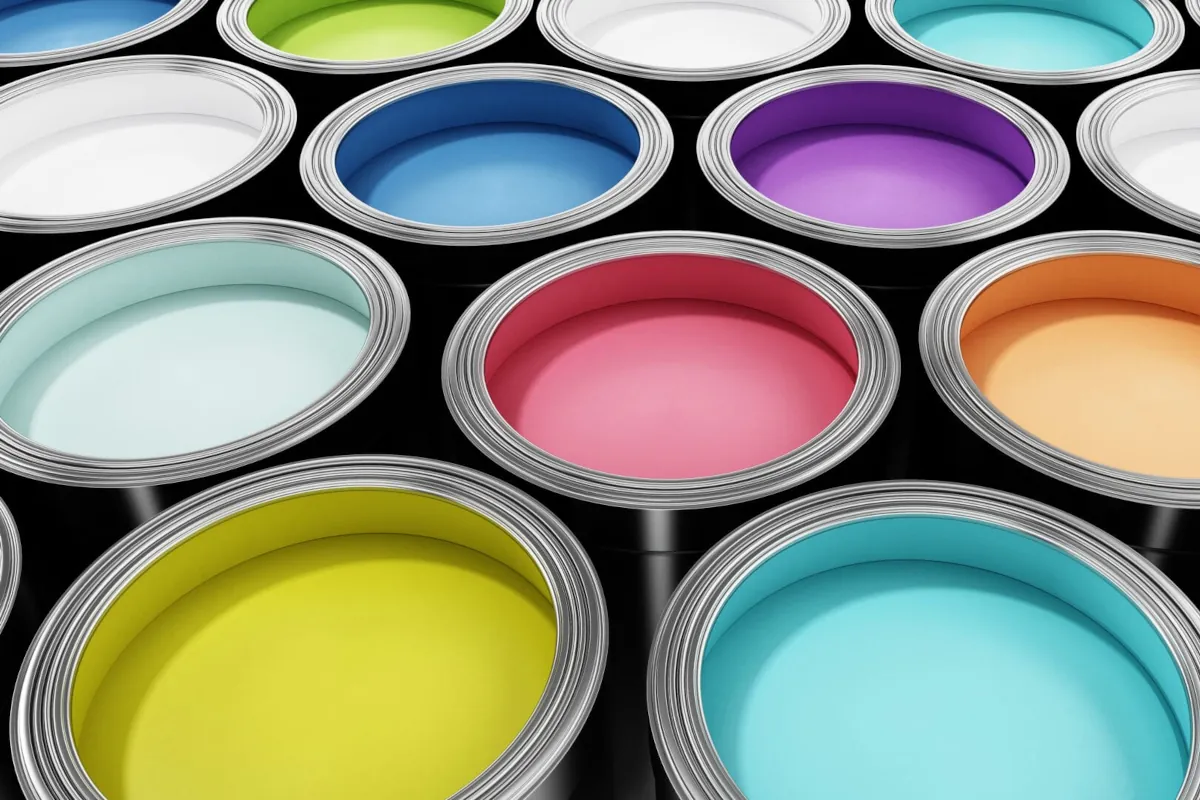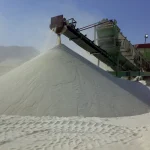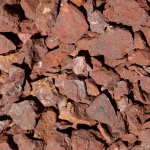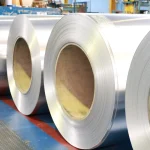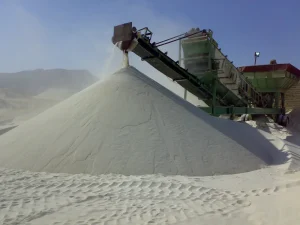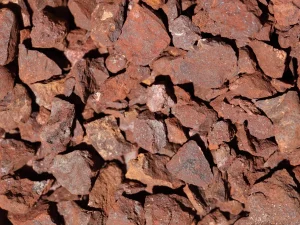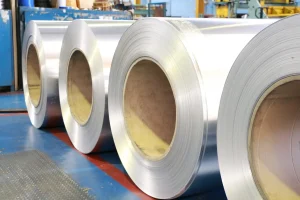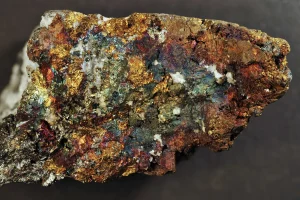When we start painting our room with a brush or roller, maybe the question of how the paint is made is the last thing that comes to our mind. But if we play around with color a lot, the question is probably raised to us, why does color have strange characteristics? How does it achieve this state? And how is paint made? Making paint in paint factories is a relatively simple yet interesting process. The main ingredients of building paint are water, pigment, resin and other additives. In this article, we are going to get a little more familiar with the paint, enumerate its properties and evaluate the way it is made in paint factories.
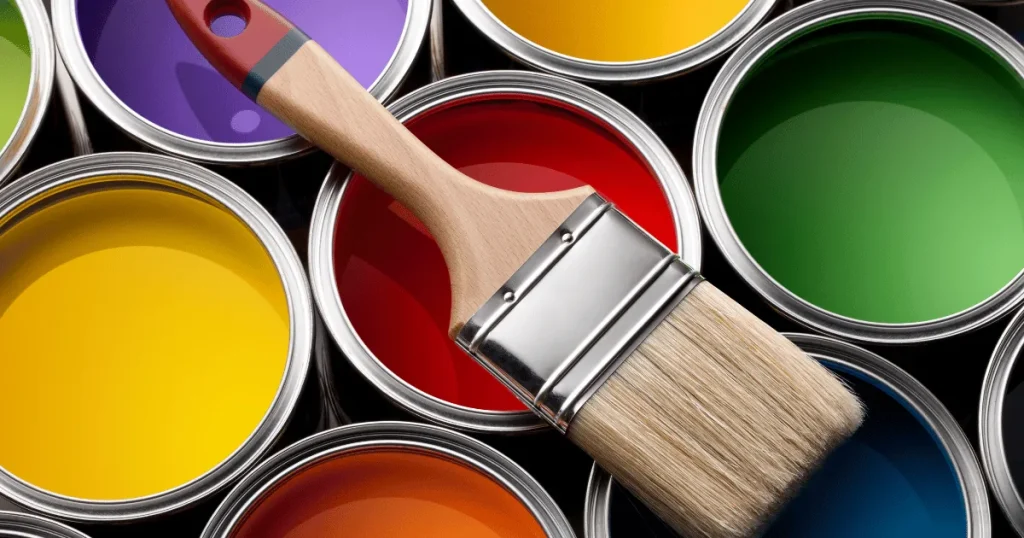
?What are the ingredients of paint
Like any other chemical product found in the market, paint is made of other chemical compounds. Usually, construction paints are of two types, latex and oil, whose ingredients are different. But in general, construction paint is a combination of water, resin, latex, pigment and other additives that are mixed with a certain combination to create paint.
Water: A large part of paint, especially latex paint, is water. Water causes the ingredients of the paint to be uniformly placed on the surface, and after the paint dries, a uniform appearance is created on the surface.
Resin: The task of resin is to put the pigments and other paint components together with its adhesion and maintain the integrity of the compound.
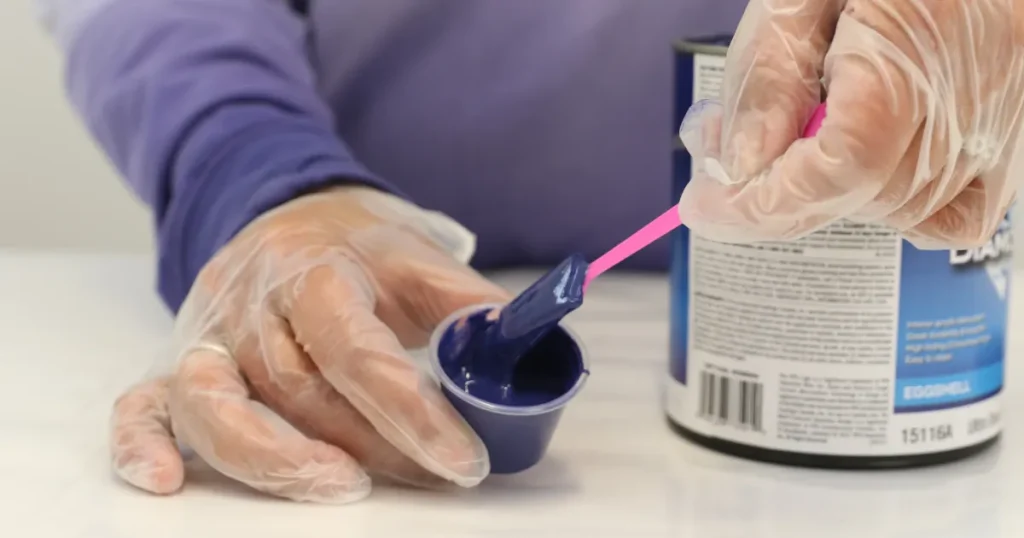
Pigment: Pigments are responsible for coloring. Different pigments are used to create different colors, for example, titanium oxide is used to create white color and carbon is used to create black color.
Additives: Other additives are used in the paint to improve the gloss, smoothness of the paint texture and also increasing its drying speed.
Latex color structure
Latex paint is probably the most widely used type of building paint. The reason is very simple. In addition to its very reasonable price, latex paint is also easy to use. High skill is required to paint with oil paint. Latex paint consists of a combination of several substances, which are classified into two categories: solids and liquids. The liquids inside the paint are responsible for dissolving its solids, so that the paint structure can maintain its uniformity. If you open the lid of a can of paint and stir it with a wooden stick, you will notice the soft texture of the paint. But it is enough to leave the color in place for a while. After opening the lid, this time you will face a liquid that does not have the previous softness at all and a solid object has settled at the bottom. In fact, at this time, the color has lost its structure.
Solvent: paint solvents are actually its liquid part. All these liquids, most of which are water, are responsible for dissolving the solids inside. Of course, water is the solvent for latex paint, and pine tree oil or turpentine is often used for oil paints. In any case, it is these solvents that determine the drying time of the paint. When using plastic paint, after you apply it on the wall and ceiling, all the water must evaporate so that the paint sits properly on the surface. This is why the low temperature of the environment or the excessive humidity of the air can prolong the drying time of the paint or even cause damage to the painting.
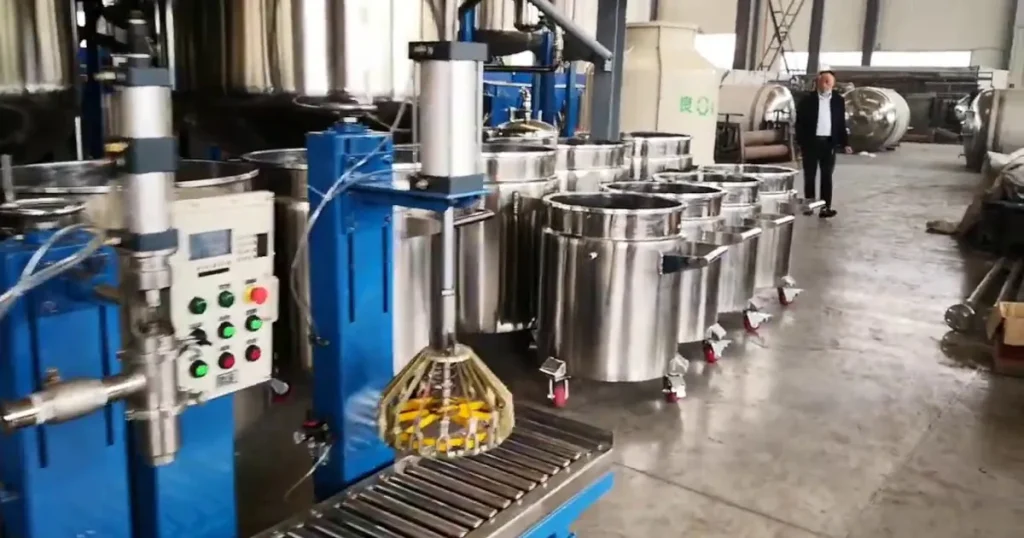
Resin: If the water is responsible for dissolving the paint components, the resin also does the job of gluing these components together and also helps the paint dry after it is applied to the surface. In many types of paint, resin is used in the form of acrylic polymer.
Pigment: The function of pigments in paint is to color it. For example, white paint uses titanium oxide pigment, black paint has carbon pigment in it, and orange and yellow paints have chemical salt pigments.
Additives: Additives are usually various materials that are generally responsible for shaping and creating the physical properties of paint. Additives may be added to soften the paint on the brush, prevent the growth of fungus or mold, increase the drying speed, or prevent the paint from falling off.
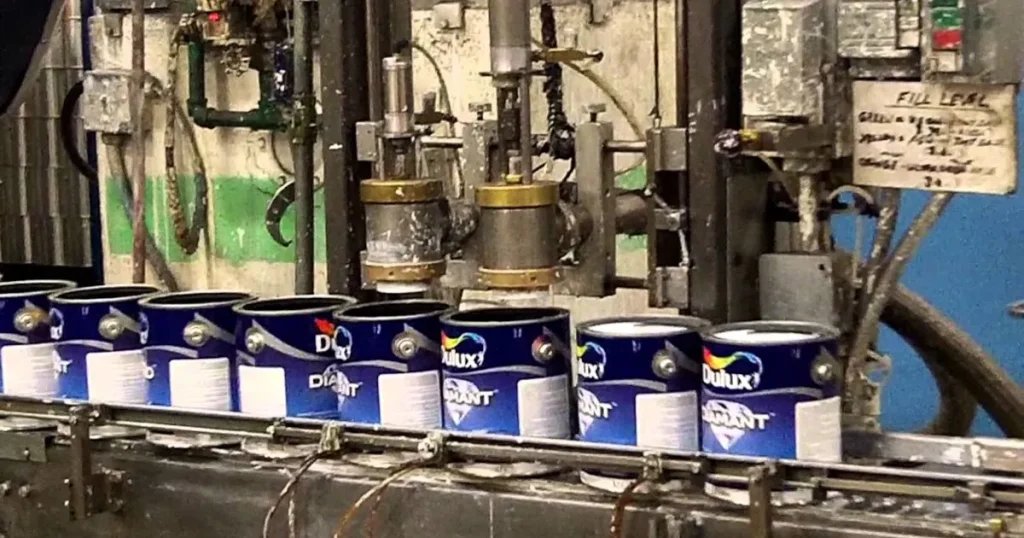
?How is paint made in factories
The process of making paint in paint factories is usually done by combining raw materials and paint components. These materials must be combined with a certain percentage in general to get the paint. This process is very similar to measuring food and kitchen measuring cups for cooking.
First, the pigments are ground very finely in special mills. In the next step, resin, solvents and additives are combined. Then the contents of these two chambers are mixed together. After these solid materials and paint liquids are transported by truck to the main tank of paint composition so that after mixing all of them, paint is formed.
From there, the empty paint cans that were prepared in advance are directed to the label printing machines to print and label the manufacturer’s logo and other information on it. These cans are then filled with the created paint. At the last stage, the paint cans are sealed and packed in bigger boxes, so that after being transferred to the warehouses, they are sent to the stores and reach the consumer.
